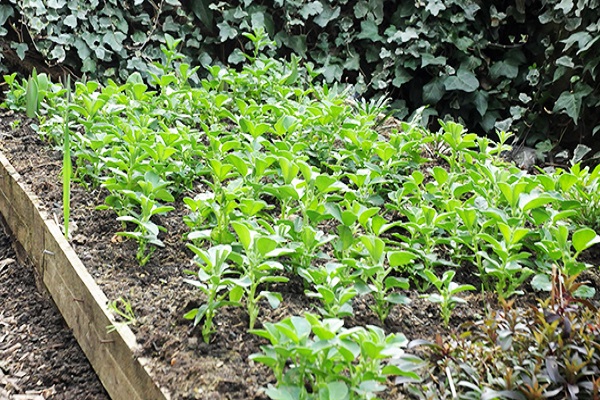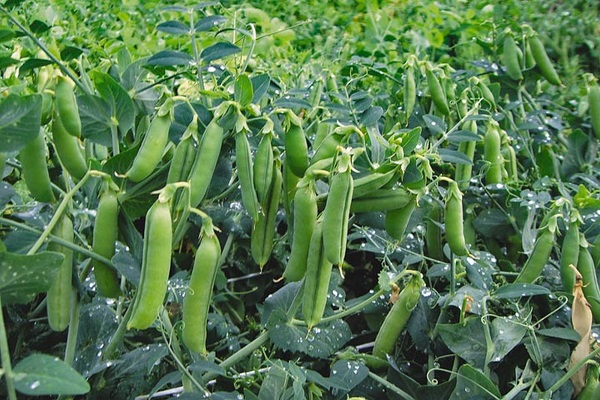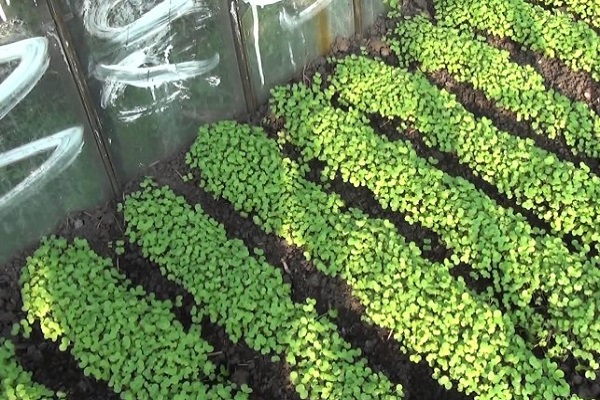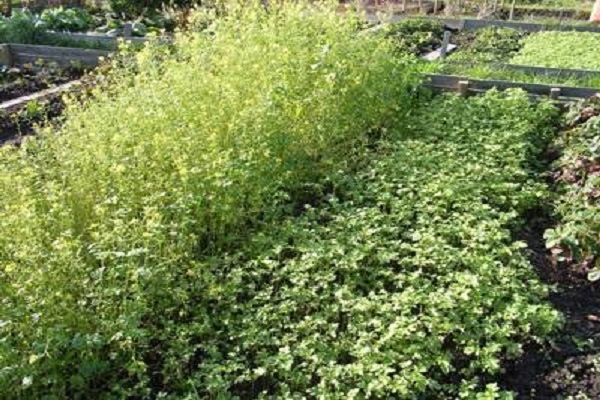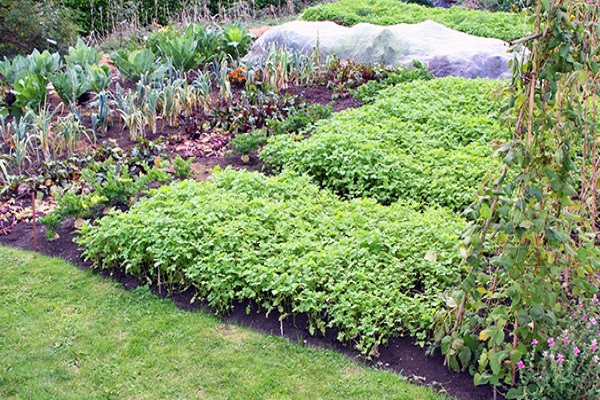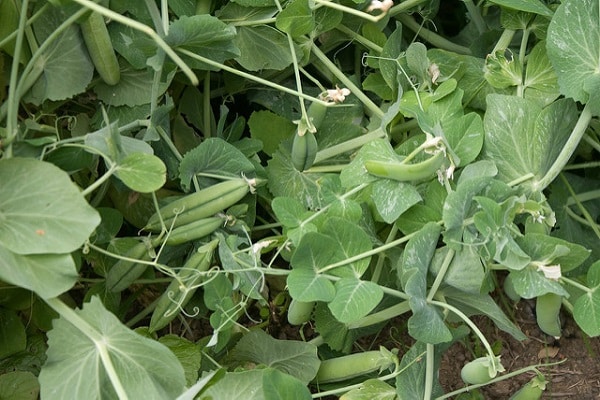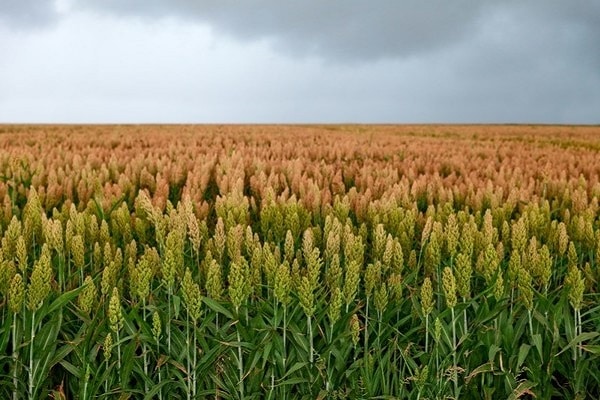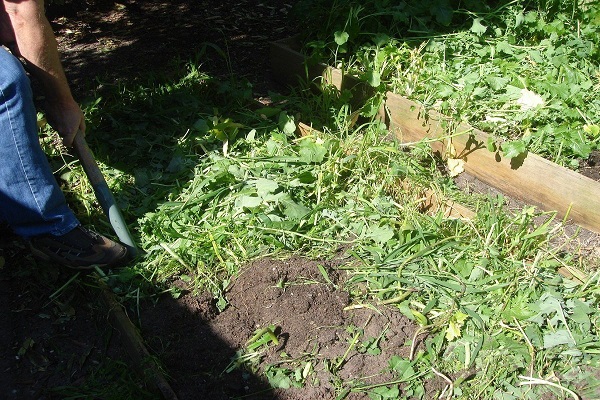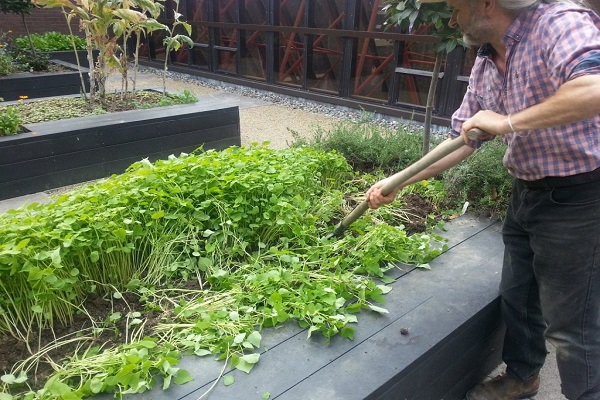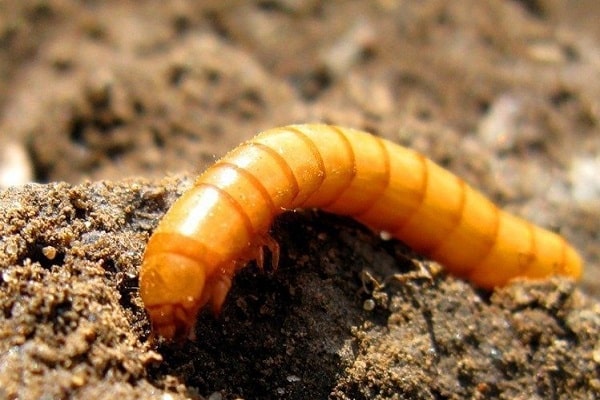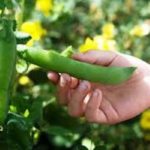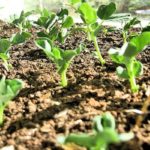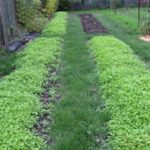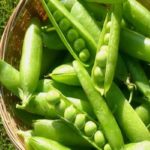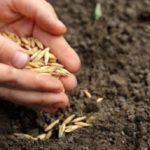Peas as a natural green manure are considered the best organic fertilizer for restoring soil composition. With the help of an annual plant, you can quickly improve the saturation of the soil with minerals, and the unpretentiousness of cultivation does not require spending energy on caring for the plant. To saturate the soil with useful elements and restore its properties, it is recommended to learn about the rules and features of using the crop as green manure.
Benefits of peas as green manure
The main advantage of bean green manure is its effectiveness in restoring soil quality. The plant is characterized by intensive growth, the performance of which is one of the best among other green manures. In terms of growth rate, it ranks first among legumes.
The legume species has the ability to accumulate nitrogen and other nutrients, and then easily release them to the soil, making it more fertile. The advantage of culture for improving soil quality is:
- growth rate;
- frost resistance;
- low cost of planting material;
- the opportunity to get tasty fruits and at the same time improve the quality of the soil;
- ease of harvesting, no special equipment is required for such work;
- good result in increasing soil fertility;
- the ability to quickly improve soil quality;
- unpretentiousness in cultivation.
In addition to enriching the soil, green manure peas minimize the number of weeds and help prevent the appearance of pathogenic bacteria. The plant belongs to the group of excellent honey plants, which helps attract beneficial insects, which are natural enemies of garden pests.
How do they affect the soil?
As a garden crop grows, the soil naturally loosens, which leads to better penetration of water and air into the soil. Planting other garden crops in the future will contribute to their better growth, so they will take root along the existing air passages.
Planting a legume plant replenishes the nutritional value of the soil; it helps saturate the soil with nitrogen, potassium, phosphorus and many other microelements. Pea roots prevent soil erosion and block the growth of weeds.
When and where to plant peas on green manure?
Sowing of green manure can be done throughout the season, including before planting the main crop and after its harvest. The best time for planting is spring. The possibility of carrying out work is determined depending on the region; peas can be sown after there is no threat of severe frost. In most Russian regions, sowing in open ground is carried out in May. After 2 weeks from the moment of first planting, the seeds are replanted, which prolongs the growth time of the plant.
The plant loves soil after nightshades, so it is recommended to plant it in the place of previous growth of potatoes or tomatoes. It is not recommended to plant legumes twice in the same place. Seeds can be planted dry, but greater germination is observed after soaking in water for 4 hours.
Peas are sown to a depth of 5 cm, 2-3 cm are left between them, 25 cm are left between rows. At 1 m2 there should be about 100 peas. The following rules should be followed:
- watering is carried out only during periods of drought;
- It is recommended to tighten the net until germination, since birds love to eat the seeds;
- The planting site must be periodically cleared of weeds;
- For better growth, shoots need additional support.
To prevent pea diseases, it is recommended to sow mustard or basil at the planting site; such plants repel most legume pests.
What crops is it suitable for?
Grain and nightshade crops take root well in beds after peas. Peas are most often used in garden plots for tomatoes and potatoes. Legume plantings are recommended for planting white cabbage and cauliflower.The plant quite quickly goes into a rest period, so it can be mowed green; when rotting, the long shoots and developed root system of the plant help saturate the soil with nutrients that are required for the growth of other crops.
When and how to remove green manure peas?
Green manure peas grow until it is time to plant the main garden crop. Full maturation occurs at 12 weeks, some species require 16 weeks. There are several options for cleaning the plant:
- a simple way is to simply dig up the area, in which green manure is embedded in the soil and the main crop is planted on top;
- using a flat cutter, with which the green manure stems are cut a couple of centimeters deeper than the soil level, after which the vegetable crop is planted, the cut tops are used to mulch the soil;
- Holes are made next to the main crop and the peas grow along with the plant; as soon as the legume grows 5 cm, the shoots are cut with scissors and placed on the chest.
The last method is labor-intensive, but effective. To obtain natural fertilizer, pea stems can be cut and soaked in boiling water for 10 days. This product is a valuable source of nitrogen and potassium.
What diseases and pests does it help against?
Peas are effective in controlling wireworms. This larva appears in acidic soils and is a threat to potato crops. The wireworm does not tolerate proximity to legumes, so the plant is considered an effective means of combating such a pest.
Planting peas help control onion root mite. The planting site of the legume attracts many beneficial insects, as the plant has excellent honey-bearing qualities.

